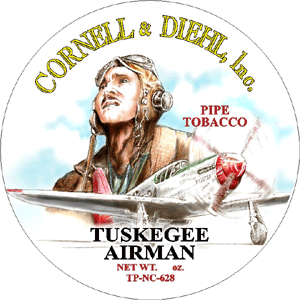An agreement was brokered for the Canadians to go to Hong Kong in World War II. Lieutenant General Arthur Grasset, when referring to the Japanese, stated that "they fought well against third rate Chinese, but they had yet to meet first class troops such as his battalions, which would give them a bloody nose." Grasset was the Commanding Officer of China.
Hong Kong Commanding Officer Major General CM Maltby remarked shortly after the Canadian November arrival:
And there were only 5,000 Japanese nearby, ill-equipped, short of artillery, unused to night fighting, and their few supporting obsolete aircraft were flown by myopic pilots.
The stereotype that prevailed in military circles at the time were that the Japanese were nearsighted because of the appearance of their eyelids! This was a belief shared by General Douglas MacArthur as well. Furthermore, the Canadians were not privy to military intelligence. They were sent to war, ill prepared and untrained. The plan was to train them en route to Hong Kong and upon arrival.
 |
| The Royal Canadians and their dog Gander before deployment to Hong Kong. Gander sacrificed his life by catching of a grenade meant for soldiers. Source: canadaatwar.ca. |
Meanwhile, six Japanese fighter and bomber squadrons were assigned to Hong Kong. The attack commenced at 7:30 am, on December 8, 1941. It was scheduled around the same time period as offensive military actions in Guam, Wake Island, Philippines, Thailand, Malaya and Pearl Harbor. The Japanese Squadron obliterated the British aircraft at Kai Tak Airport. Bridges were destroyed but accompanying Japanese engineering units quickly repaired the them.
Hong Kong was considered a precarious situation for years; Japan already had a million men stationed in China as part of the Sino-Japanese War. Japanese General Lt. Takashi dispatched 52,000 men. The fierce, hardened warriors, who were now seasoned fighters, were no match for the young, inexperienced Commonwealth Soldiers. The Canadians (dubbed C Force) joined some 14,000 British, Indian and Hong Kong Volunteers.
 |
| Source:wikimedia.org |
Canada sent 1,975 men to Hong Kong in November, 1941. The Canadians deployed two battalions: the Winnipeg Grenadiers and the Royal Rifles of Canada, a brigade headquarters group. They fought diligently for 18 days in the Battle of Hong Kong. Their commander, Maj. Gen. Maltby finally surrendered. The Japanese later stated that despite the overwhelming odds against them, that the defenders fought valiantly. John Osborn of the Winnipeg Grenadiers even received the Victoria Cross, posthumously, in recognition for landing on a grenade to save lives. 550 Canadians did not return; Prisoners of War were imprisoned in Hong Kong or Japan under heinous conditions. Japan unsurprisingly did not support the 1929 Geneva Convention POW Policy that stipulated humane treatment for prisoners. C Force members were later rescued in 1945 from POW camps.
 |
| Source: www.journal.files.ca. |
 |
| nilljoreilly.com Prisoners of War before rescue. The malnourished men had just received an air drop of food from the Allies in 1945. |
http://legionmagazine.com/en/index.php/2011/11/hong-kong-the-inside-story-of-canada-e2-80-99s-role-in-a-doomed-garrison/
Notes: The Veterans that returned home to Canada were originally treated like outcasts. They eventually received recognition, a former apology, and a museum in their honor.


























